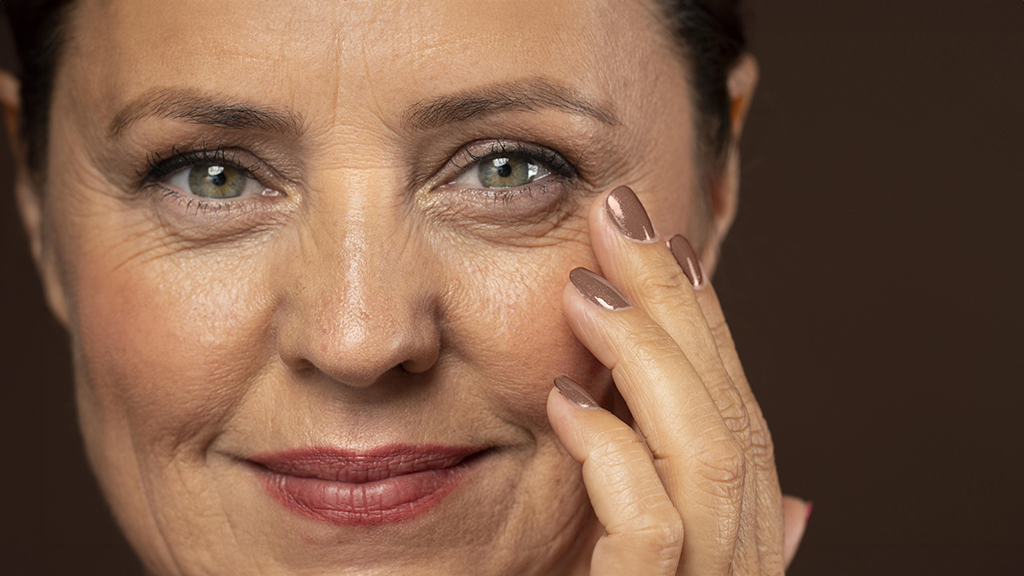TAP Flap Breast Reconstruction
Located in the same region as the latissimus dorsi flap, the Thoracodorsal Artery Perforator Flap (known as TAP) or TDAP flap is a small flap that utilizes the tissue from the area on the side of the breast and the back. TAP flap is a pedicle flap, as it can be rotated from the upper back and positioned on the chest wall without the need for the blood vessels to be detached and then re-attached to the chest area.
TAP flaps contain skin and fat that lies above the latissimus dorsi muscle and include a perforating vessel that is attached to the thoracodorsal artery. Unlike Latissimus Dorsi Flap, no muscle is sacrificed with a TAP flap as the blood vessels that supply this flap are meticulously separated from the latissimus dorsi muscle without damaging the muscle. Thus strength in the arm and shoulder are not compromised. Once blood vessels are separated from the muscle, the TAP flap is rotated and “tunnelled” under the skin from the back to the chest; making microsurgery unnecessary.
Most patients do not have enough tissue on the upper back to enable the surgeon to use TAP flaps alone for breast reconstruction after mastectomy. However, these flaps are an excellent way to supplement an existing breast reconstruction with additional volume without the need for breast implants or other kinds of flaps.
TAP flaps can also be used as an alternative to implants in the correction of tubular beast deformity or used in combination with a small implant or fat grafting techniques to enhance the shape and size of the breast. The scar that results from TAP flaps can generally be placed horizontally along the bra line so that it well hidden by a bra.
The procedure generally takes anywhere from two to three hours to complete, and is performed under general anaesthesia. This procedure takes less time to complete compared to other perforator flap procedures as it does not require for any microsurgical techniques to be used. The procedure is also less invasive, resulting in less pain and faster recovery.
Advantages
- The blood vessels in the flap will remain intact
- Fewer long-term complications and re-operations
- Reconstruction can tolerate radiotherapy
- No loss of muscle strength
- Can be used instead of implants to reconstruct tubular breast
Disadvantages
- Long anaesthetic time
- Uncomfortable recovery
- The flap is not big enough for reconstruction of a full breast
- Has limited usage due to the size of the flap
Risks & Complications
All patients must understand and accept that no surgical procedure is absolutely free from risk. For further information concerning the risks and complications associated with Autologous Breast Reconstruction, please refer to Risks and Complications of Autologous Breast Reconstruction.
For details about procedures and treatments or for a consultation, advice and prices from our Dubai clinic please call +971 4 431 2396 or use our online form.


